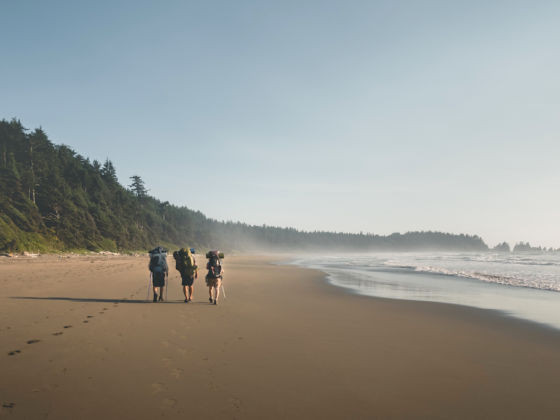THIS PAST WEEK, Matador Senior Editor David Miller went offline for a few days to camp with his family in Colorado. In a gchat about the trip, he said, “i’m shooting for 5 days internet free / will be the first time in at least 2 years.”
Yet, depending on where they went, what kind of phone he has, and who his provider is, there’s a good chance he could’ve been checking email from his tent.
